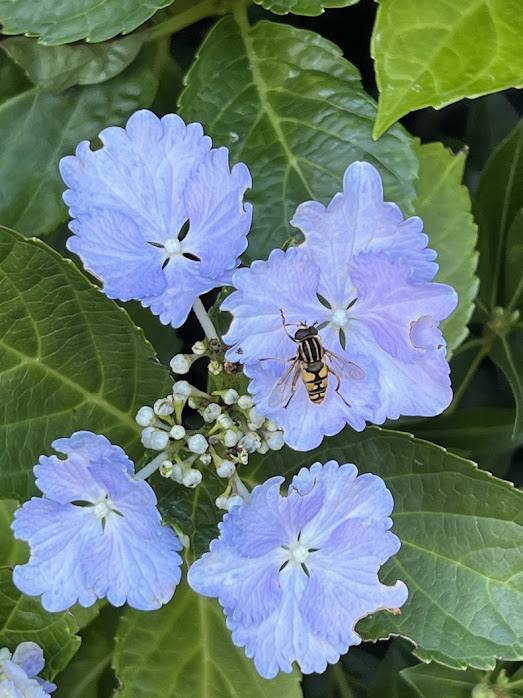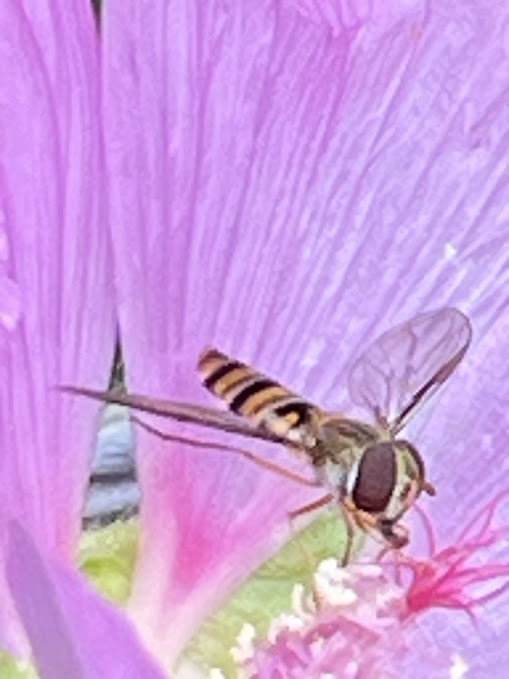Young love
David ‘Pete’
Peterson and Julia Smethurst had known each other most of their lives. At
school, they and their friends socialised as one large group, but as they grew
older, they began to pair off and develop closer, more intimate friendships.
Inevitably,
some relationships foundered on the rocks of jealousy, misunderstanding,
immaturity, and incomprehension. Pete and Julia had a few arguments, but recognised
that their desire to be together was strong enough to overcome their problems. They
prided themselves on being able to retain their individuality and not become each
other’s shadow. They knew their own minds, were confident and happy and
respected each other.
As the
end of their school days beckoned, they made plans for the future. They were
too young to settle down and each had careers to make. They were fulfilling
their long-held desires, or at least, making the first steps. Pete wanted to become
an RAF officer, and Julia was determined to become a teacher. They were
clear-sighted and ambitious and faced the future with optimism.
The night
before they set off for their separate lives they realised how much they would
miss each other. To this point, their social lives had revolved around school, family,
and friends, though they had also pursued separate hobbies and interests. Now,
they were going somewhere quite alien, where they knew no-one. The next few
years would be consumed with new challenges, in training, and in professional
interactions.
If it
felt a little daunting, neither of them admitted it, telling themselves that
nothing fundamental would change. There would be holidays, and they would learn
from each other’s experiences and grow stronger together.
The
Christmas after their first term was a heady, exciting time. Pete and Julia
were overjoyed to be together again after weeks apart. Nothing had changed,
though there were some expectations about how they should behave. Pete had to observe
a certain dress code, while Julia’s lecturers encouraged all the students to treat
them with casual respect and address them by their given names. They agreed
that it was quite different to school days, and so it should be – they were
young adults, now.
On
Christmas Eve, Pete proposed to a flustered and overwhelmed Julia. They would
not be able to marry for a few years, he stressed, but she understood and was
happy to develop her own career in the meantime.
Their
friends and families were excited for them and there was much back-slapping and
hugging. Pete had to return to Cranwell before Julia’s vacation finished but
they were already making plans for his next leave.
When next
they met, Julia noticed a certain reserve in Pete’s manner, and a change in the
way he spoke. His local accent was still apparent, but he used fewer dialect
expressions. When she asked him about it, he explained that everyone’s delivery
was changing subtly. As officers they had to make sure they could be understood
by everyone, particularly when issuing orders.
The Jocks
and the Geordies, the Welsh, and the Irish, the Eastenders and the East
Anglians, all had to modify their speech. It was mainly a case of clear
articulation, and not swallowing their words. Julia nodded. She had needed to adjust
the way she spoke, too, so understood. Once or twice, she had used phrases
which caused puzzlement and had had to explain what she meant.
She was
surprised, the next time they met, when he asked her to stop calling him Pete
and use his given name of David, as that was how he was known in his new life. Reluctantly,
she agreed, but had misgivings about the way he was changing. She had met many
of his new friends, and liked them, but he seemed overly impressed by some of
the more privileged among them, though she could not understand why. She began
to suspect that he was becoming ashamed of his humble origins, even though many
of his new friends came from similar backgrounds. The misconception that they
were all ‘toffs’ was laughable.
Later, when
he started advising her how she should dress and what she should say when
meeting his superiors, she realised that the boy she had known and fallen in
love with was becoming an insufferable snob. She returned his ring and wished
him well in his future, though privately she thought his progress would be
blighted by his lack of confidence and self-awareness.
If Julia
was bitter, she tried not to show it, but she made no effort to maintain
contact with her old college friends once they had all graduated and taken up
their new posts. They were left to wonder, and to hope that she would find
happiness and fulfilment.
This
short story is based on an erstwhile friend of mine. It’s fair to say that her
heart was broken, but not her spirit. I never did discover what became of her,
or ‘Pete.’
Names
have been changed.

.jpeg)


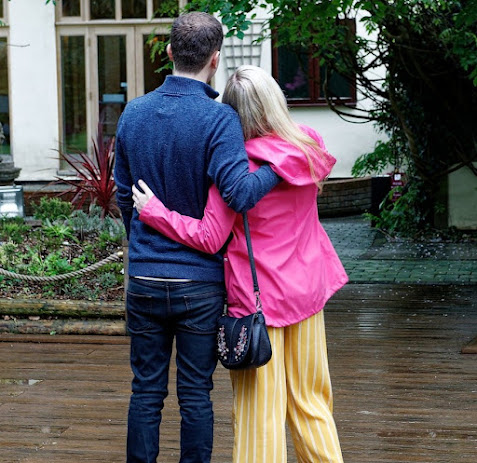







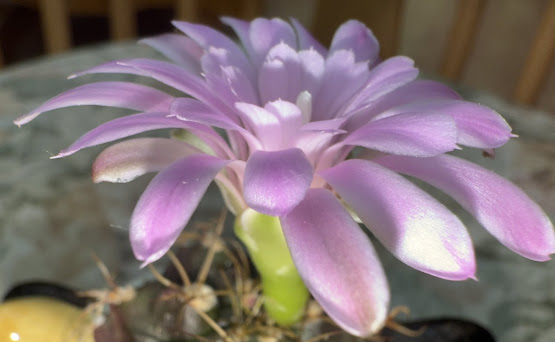
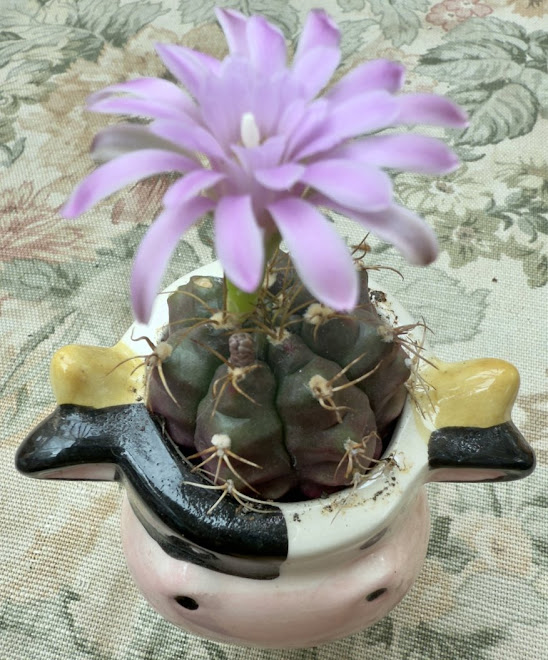


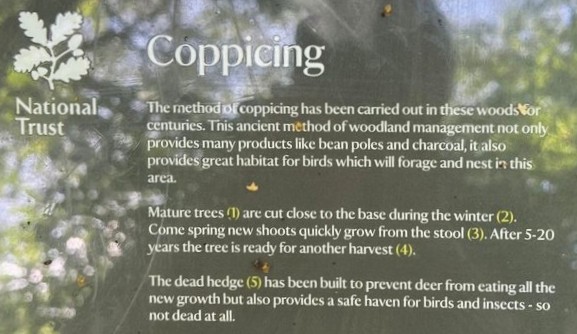





.jpg)

_adopt%C3%A9_par_le_conseil_municipale_de_Paris,_apr%C3%A8s_l%E2%80%99incendie_de_la,_PH32848.jpg)




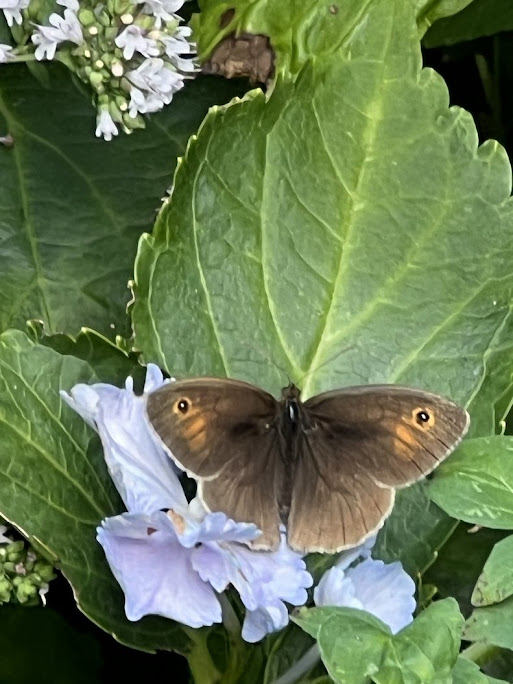


.jpeg)
.jpeg)



.jpeg)


.jpeg)
.jpeg)

